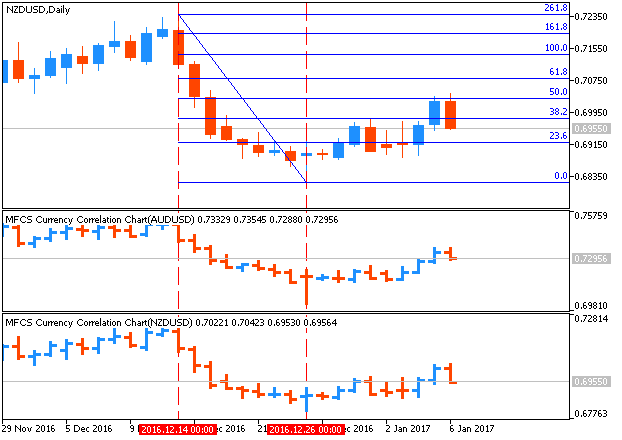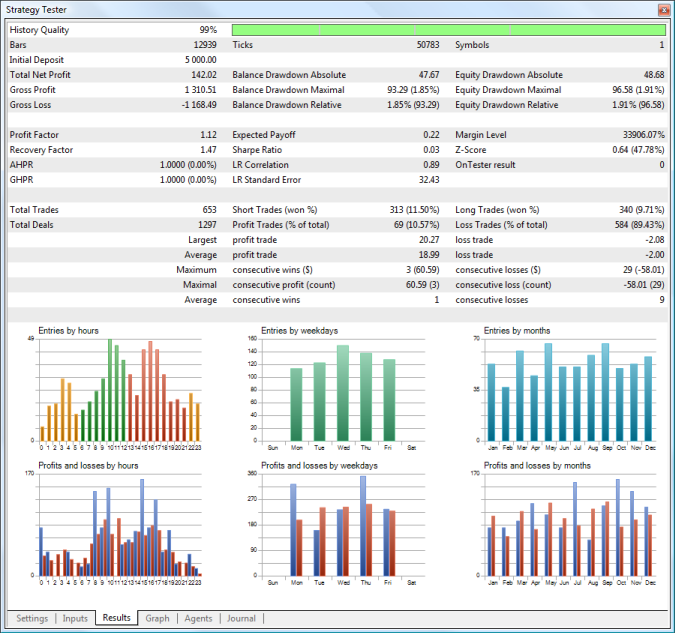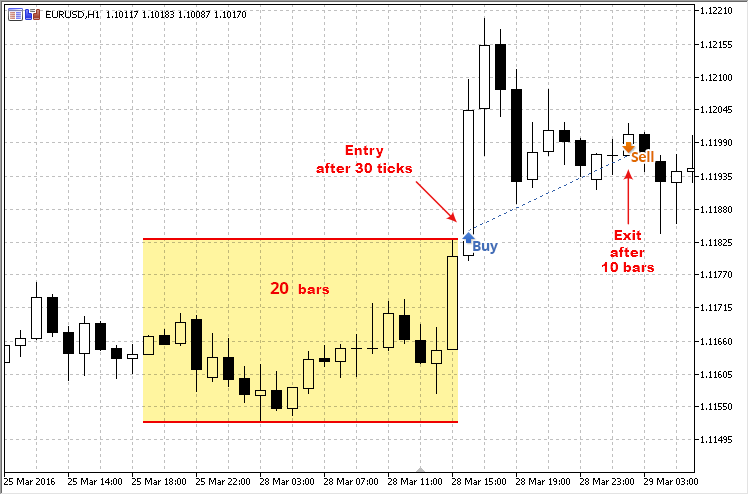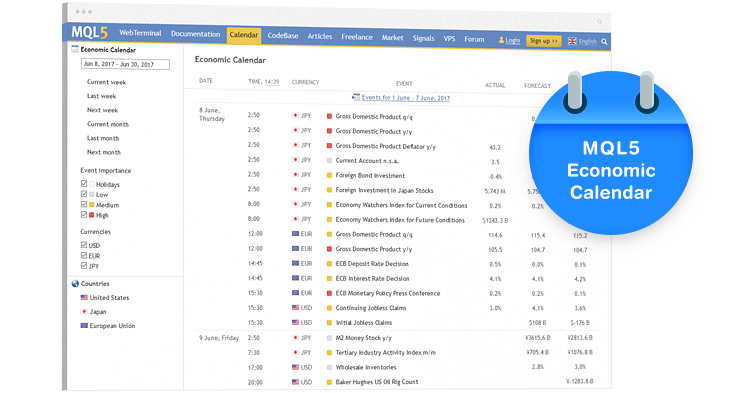INTRODUCTION TO NEW ZEALAND DOLLAR
According to Wikipedia.org, New Zealand has a 2008 estimated population of around 4.2 million people, which is the first important fact for us to understand for two reasons. Firstly, as New Zealand's domestic market is so small, it must rely heavily on exports to drive economic growth, making the country especially susceptible to growth or decline in the global economy. This is particularly true when looking at the health of its main trading partners, the largest of which is Australia, followed by the United States, and Japan. Secondly, unlike other countries with a larger population, as the population of New Zealand is small, migration of people into and out of the country can have a significant effect on its economy, and therefore the currency. As Kathy Lien points out in her book Day Trading the Currency Market, strong population migration into New Zealand has contributed significantly to the performance of its economy, because as the population increases, so does domestic consumption.
Like Canada and Australia, New Zealand is a country with vast natural resources, making the economy and therefore currency heavily reliant on exports of commodities such as Wool, food and dairy products, wood and paper products. As Australia is the country's main export market and as the Australian Dollar is also heavily influenced by commodity prices, changes in commodity prices can have a particularly potent affect on the New Zealand Dollar. Although this correlation has broken down somewhat in recent months, as you can see from this chart, the NZD/USD and AUD/USD currency pairs are highly correlated as a result of these factors:
Chart Showing NZD/USD and AUD/USD Correlations:


 1Likes
1Likes LinkBack URL
LinkBack URL About LinkBacks
About LinkBacks







 Reply With Quote
Reply With Quote












Bookmarks